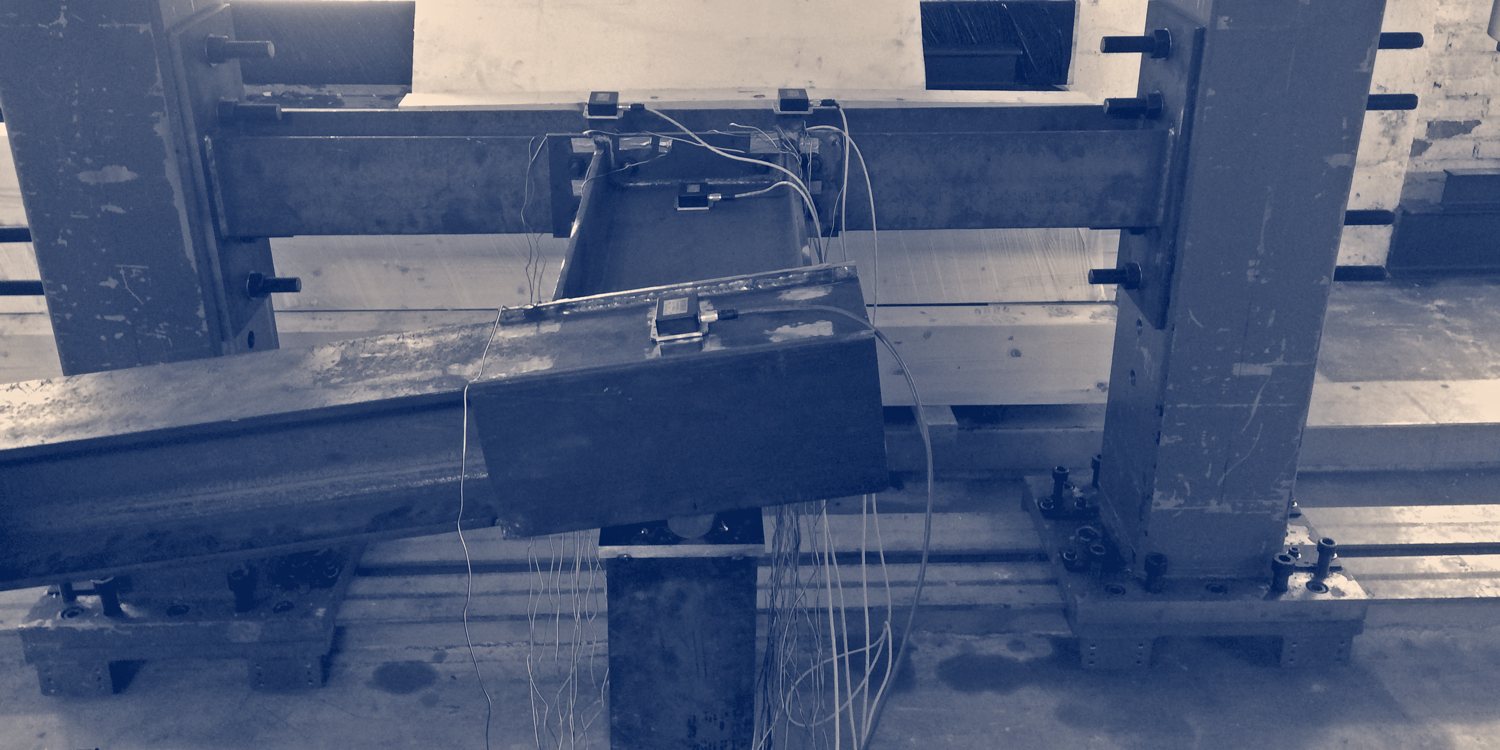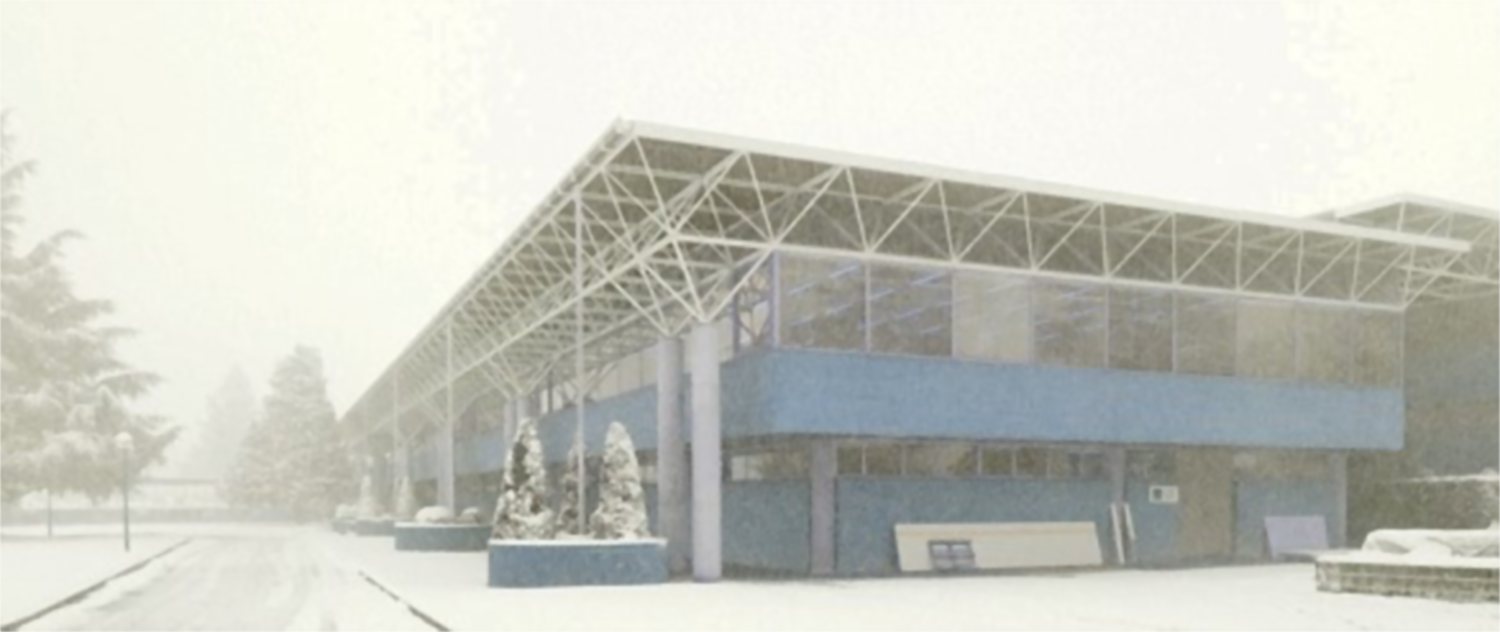
The application has been developed thinking on the final users. All the UI has been designed to improve user work-flow as much as possible. We have taken into account every single detail.
The application has been developed using state of the art front-end web technologies: AngularJS, WebGL, Node.js and much more. The application runs in the client side, therefore once the application is loaded all the analysis tasks are performed by the client device.
Each time the user saves a connection a new shelf is created. The user can store on each shelf as many connections as desired. Then, the user can copy the URL to share his shelf (and connections) with other people.

It is widely acknowledged that the use of semi-rigid connections in steel and composite structures leads to economic advantages when compared with standard simple and rigid connections. These advantages are due to material savings and labor costs. The structural engineering profession and construction industry are not profiting from the economic and sustainable features of the semi-rigid connections due to the added complexity in their analysis and design, along with that of the structural system to which is coupled.
Both the economic and sustainable advantages increase in the case of 3D connections. However, their potential has not been developed due to a lack of methodology and analysis tools. The team of the University of Navarra and University of A Coruña have been working in this area for the last few years and contributed to the characterization of the 3D connections, becoming international leaders in this research. Their work and results have been published in journals with a high impact factor and prestigious international congresses.
The aim of the research initiative is to finish characterizing the 3D semi-rigid connections in steel structures and to model them with finite cruciform elements suitable for global analysis, which could be implemented in third party software.
Finally, in order to improve the dissemination of the results obtained with this project this web application, for automatic design of steel connections, has been developed.


Ph.D. Structural Engineering
Catedrático de Universidad in Solid Mechanics and Theory of Structures, and profesor ordinario in the Department of Building Construction, Services and Structures at the School of Architecture of the University of Navarra

Ph.D. Architect
Titular de Universidad in Solid Mechanics and Theory of Structures, and profesor Titular in the Department of Building Construction, Services and Structures at the School of Architecture of the University of Navarra
PhD Thesis (2006): "New proposals for the design of semi-rigid steel frames and joints"

Ph.D. Architect
Titular de Universidad in Solid Mechanics and Theory of Structures, and profesor Contratado Doctor in the Department of Building Construction, Services and Structures at the School of Architecture of the University of Navarra
PhD Thesis (2006): "Practical methodology for the design of composite frames with semi-rigid joints"

Ph.D. Mechanical Engineering
Contratado Doctor in Solid Mechanics and Theory of Structures, and profesor Contratado Doctor in the Department of Building Construction, Services and Structures at the School of Architecture of the University of Navarra

Ph.D. Architect
Contratado Doctor in Solid Mechanics and Theory of Structures, and profesor Contratado Doctor in the Department of Building Construction, Services and Structures at the School of Architecture of the University of Navarra

Our facilities are located at the School of Architecture of the University of Navarra. Main resources are composed of a computing lab and a building lab.
The computing lab for parametric finite element analysis is composed of:
The building lab to test real specimens is composed of:
